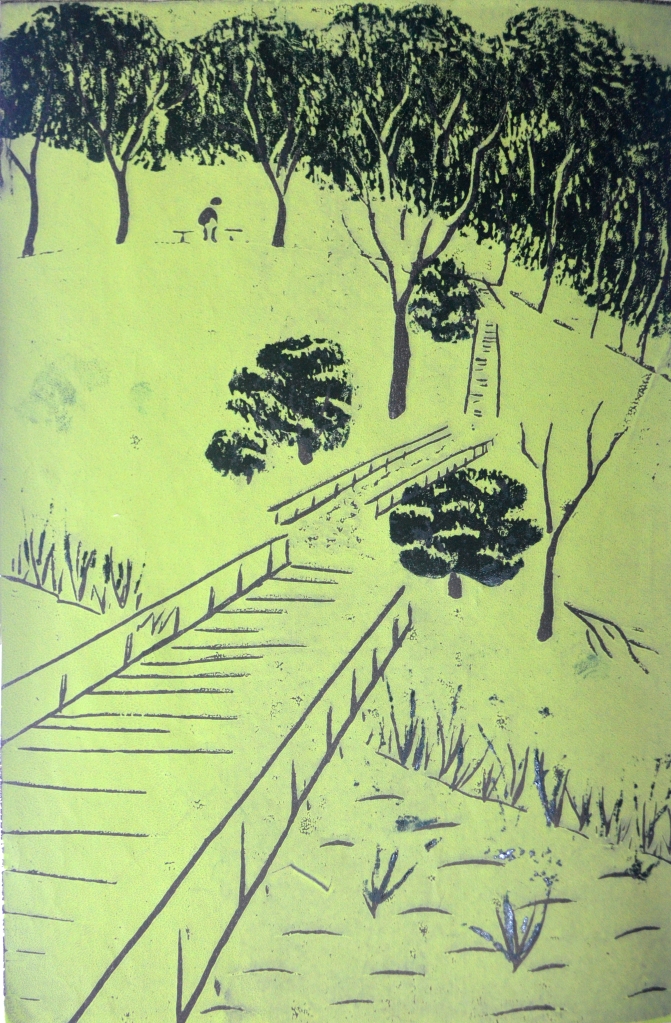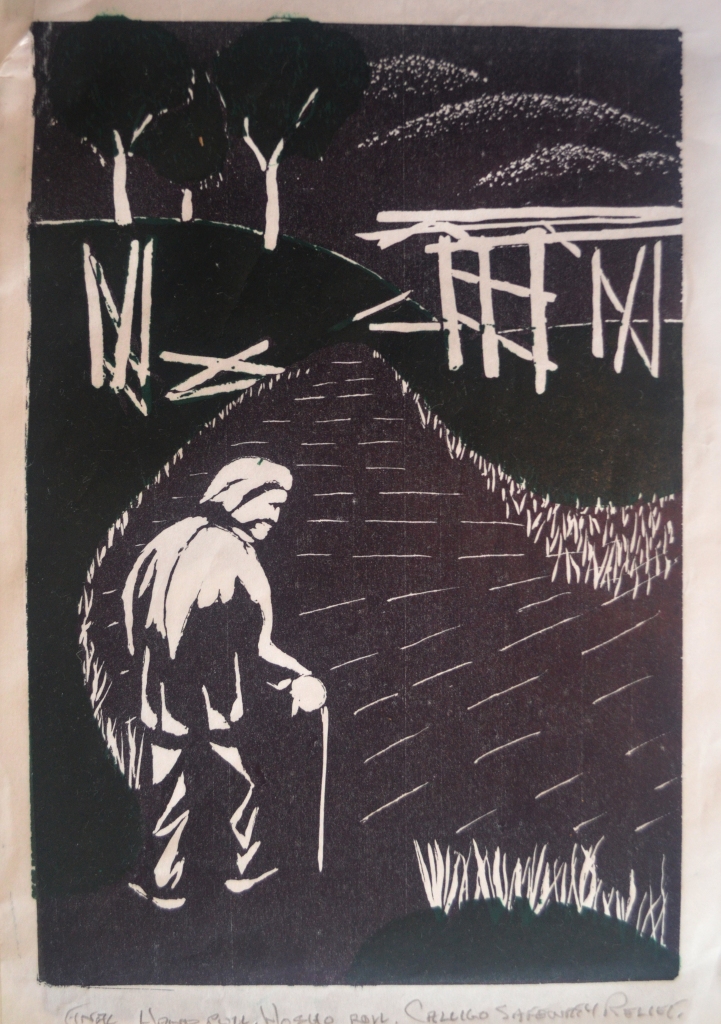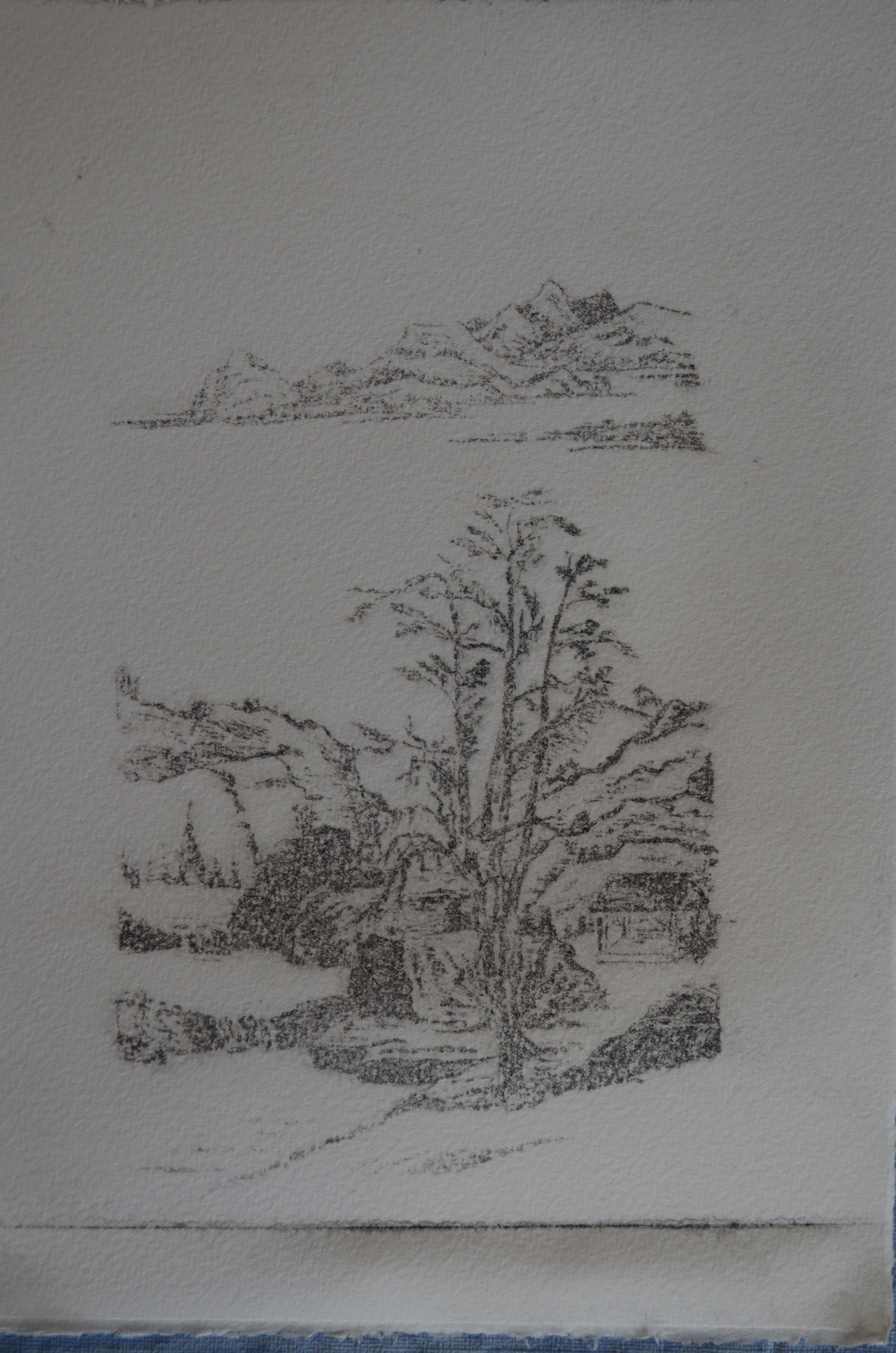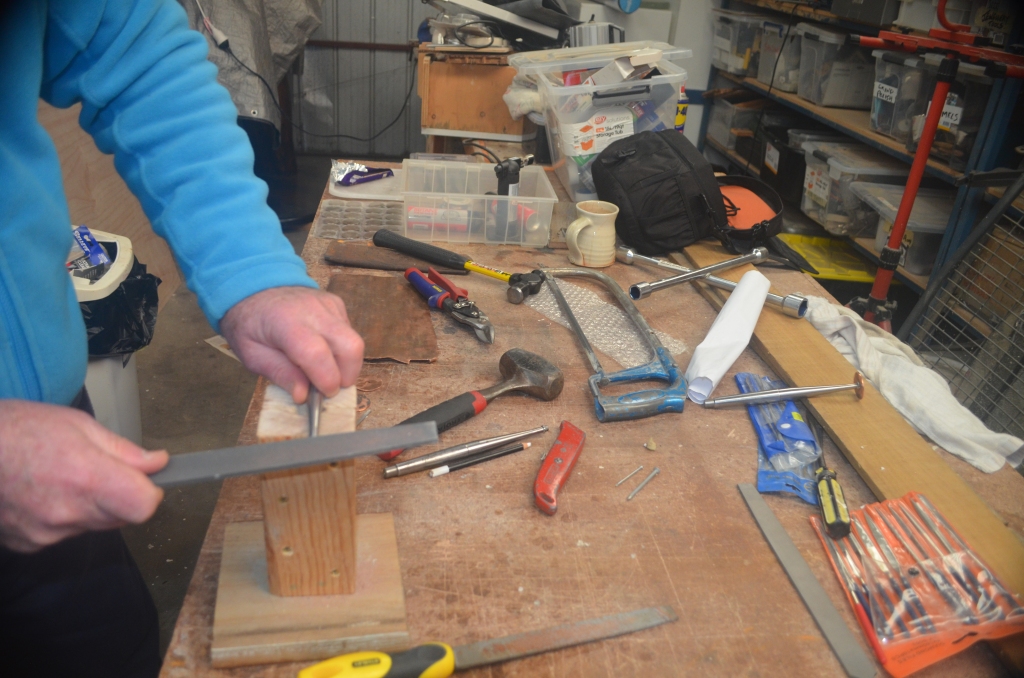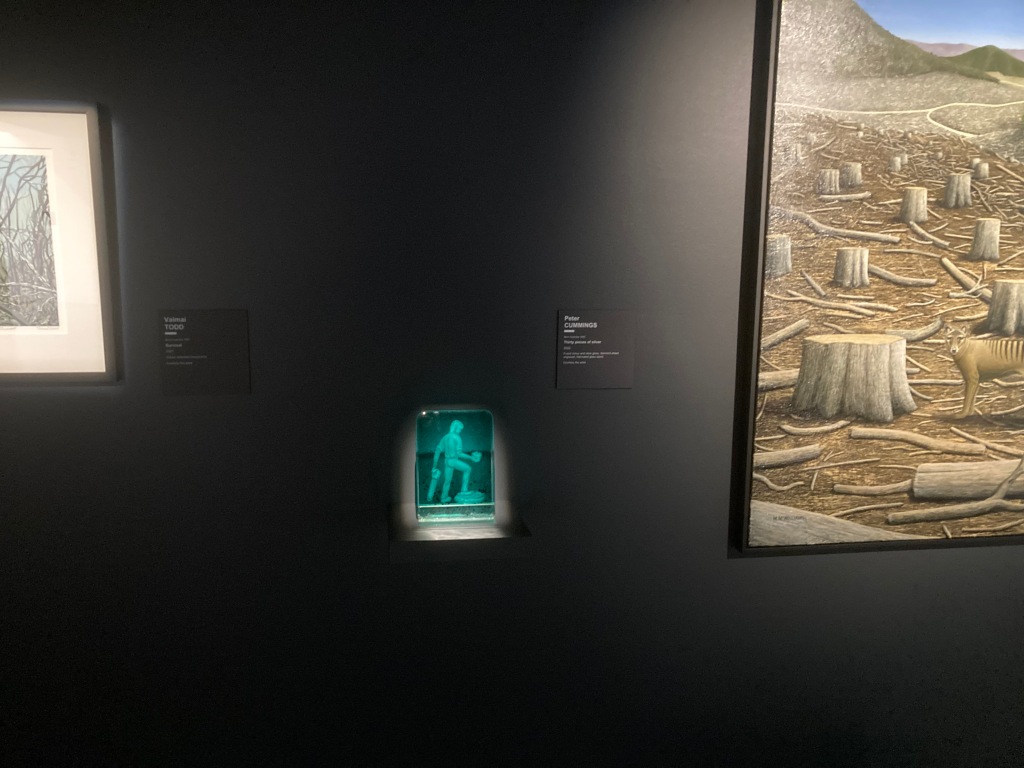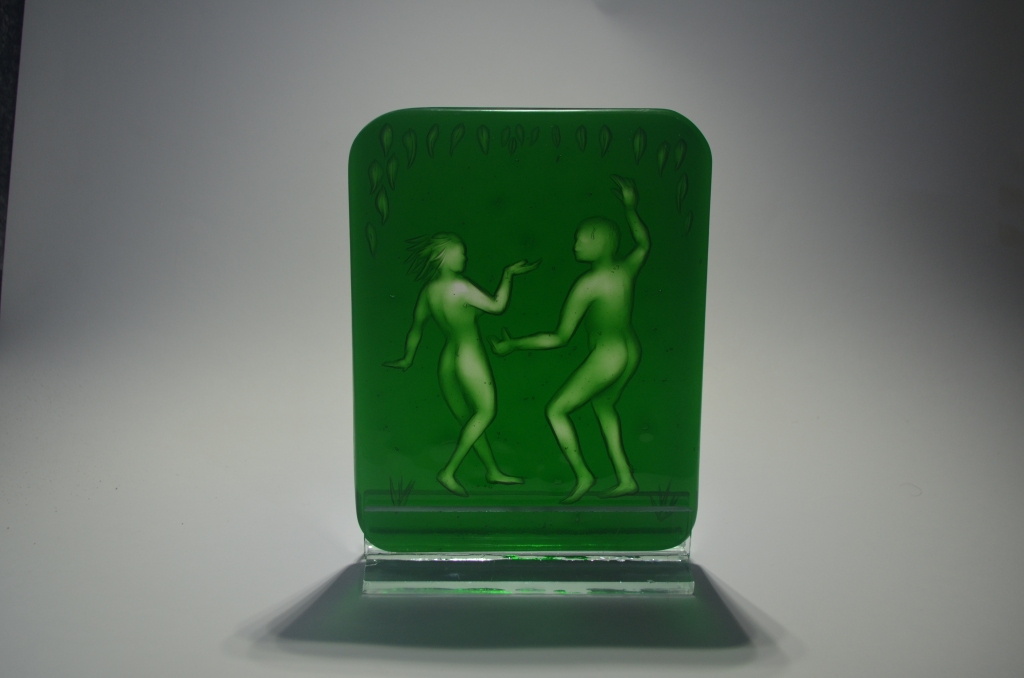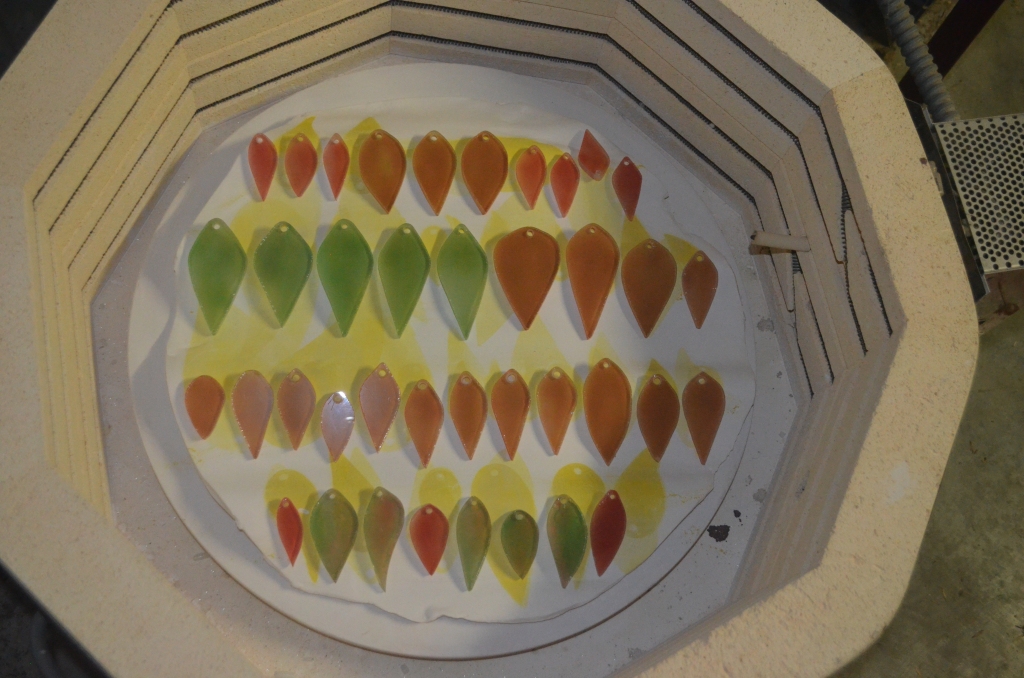Inspiration photos from the Sale Wetlands. I have been researching Chinese Woodcut Prints, amazing inspiration and technical variations. I also have a leaning towards Caspar David Friedrich for his man in the landscape imagery. I tend to think in pictures, which often gives the impression of being stunned or just a sleepy old man. Right in both cases.
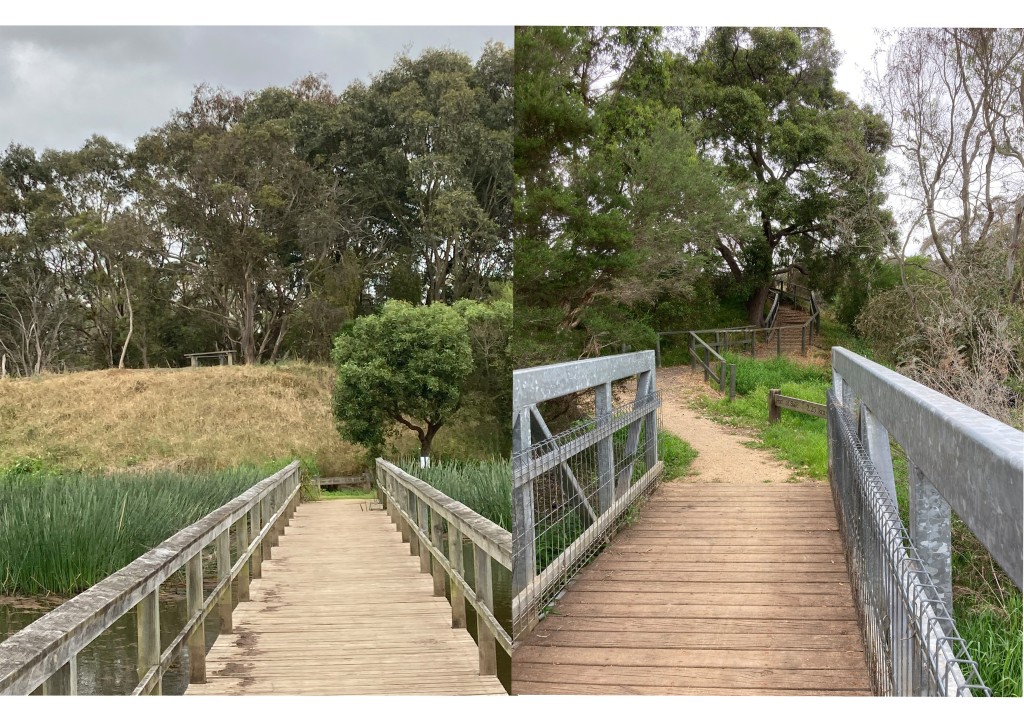
First prints from the wheel engraved plate of 6mm float glass. Calligo relief inks.
L on white paper…R I turned the plate over and printed a solid black print, then did the print on that when it was dry. It gets exciting thinking about single plates with mixed colours like this. Especially for an engraver. Opportunities to print much like a drawing or painting.


The two plates for “Passing Time” showing how with planning a single plate could make a complete and interesting picture. That’s the idea I’m chasing next.

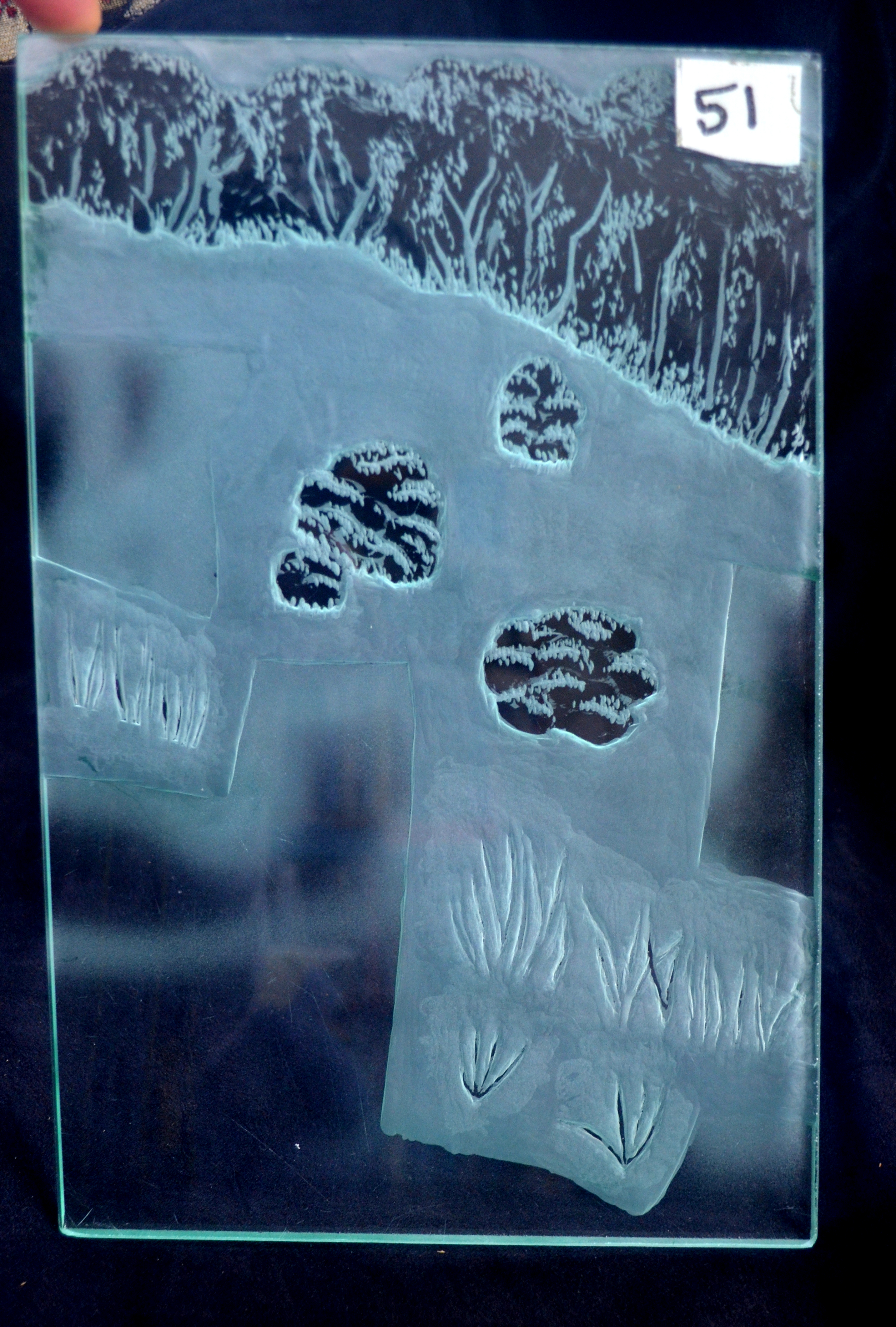
“Passing Time.” 20x30cm. Hand pulled relief print from two wheel engraved glass plates. Hosho roll paper, Calligo Safewash relief ink.
